I am making an IoT project and planning to power it with alkaline batteries. Their safety and low cost are really appealing. Their low discharge capability is not a problem. The batteries need to be able to supply 500mA to a boost converter, but for only seconds every week. For all the time other than those few seconds, the batteries have to supply around 10uA.
My only problem is the temperature. The device needs to operate at -30 celsius temperatures. I can't find a comprehensive source for the effects of alkaline batteries operating at that temperature. An example of lower temperature performance is in the graph for the Duracell AA Coppertop:
The loss in energy doesn't look too bad there. Another source is less optimistic, especially at lower temperatures like my required -30C: 
In ideal conditions, the batteries will last years based on the current draw of my project. However, when it's the coldest month of the winter and they have to endure an average of -10C with a minimum of -30C, I could accept if they survive only 1 month. Also, they still have to be able to provide up to 500mA. Based on this graph,
It seems likely that with internal resistance changing from 0.2 ohms at room temperature to 0.5 ohms at -30C, that is probably possible, but I'm not sure about this either.
TLDR
I would appreciate someone with experience with alkaline batteries giving their opinion on the feasibility of alkaline batteries surviving the -30C minimum, -10C average temperature for at least a month, while being able to source 500mA for a few seconds. Not all batteries are created equal, so maybe some alkalines will be capable of meeting my needs while the average isn't?
